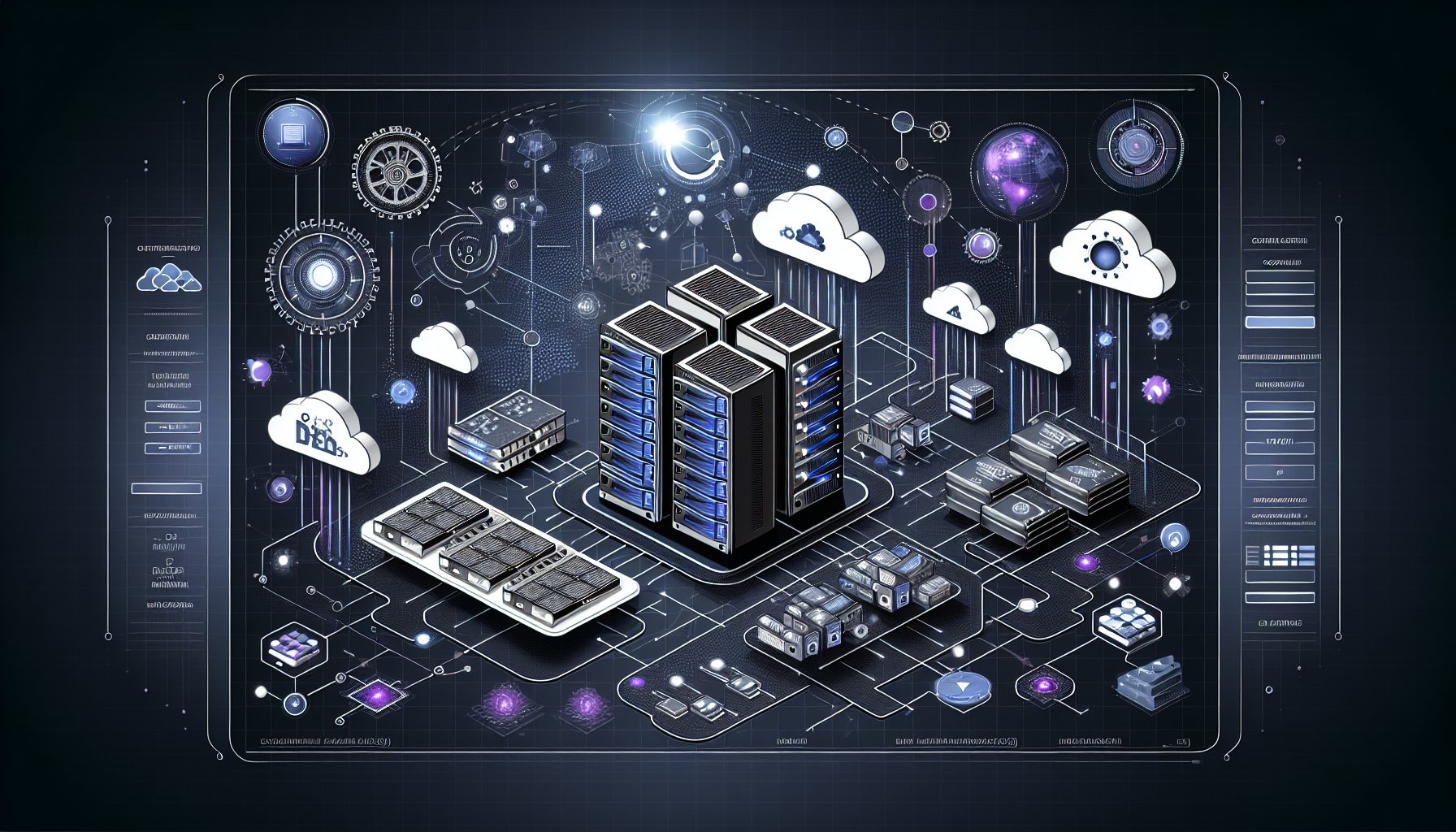Introduction
As we navigate the ever-evolving landscape of IT development, the importance of modern DevOps practices cannot be overstressed. These practices form the bedrock of efficient software development and deployment, serving as a catalyst for business growth and innovation. This post delves into the most current, innovative DevOps strategies and tools shaping the IT development terrain in 2025 and beyond.
Continuous Integration and Continuous Delivery (CI/CD)
CI/CD stands as an integral part of modern DevOps, enabling developers to integrate their changes back to the main branch as often as possible. This practice reduces integration problems, allows rapid release, and enhances customer satisfaction.
# Sample CI/CD pipeline using GitHub Actions
name: CI/CD Pipeline
on:
push:
branches: [ main ]
jobs:
build:
runs-on: ubuntu-latest
steps:
- uses: actions/checkout@v3
- name: Set up JDK 11
uses: actions/setup-java@v2
with:
java-version: '11'
distribution: 'adopt'
- name: Build with Maven
run: mvn -B package --file pom.xml
- name: Deploy to Production
run: echo "Deploying to production"
Infrastructure as Code (IaC)
Infrastructure as Code is a key DevOps practice that involves managing and provisioning computing infrastructure with machine-readable definition files, rather than physical hardware configuration. IaC can significantly enhance efficiency, reduce human error, and ensure consistent deployments.
# Sample IaC using Terraform
provider "aws" {
region = "us-west-2"
}
resource "aws_instance" "example" {
ami = "ami-0c55b159cbfafe1f0"
instance_type = "t2.micro"
tags = {
Name = "example-instance"
}
}
Microservices Architecture
Microservices architecture is a design approach in which a single application is built as a suite of small services, each running in its own process and communicating with lightweight mechanisms. This approach increases the modularity and makes the application easier to understand, develop, and scale.
Artificial Intelligence in DevOps (AIOps)
AIOps is an emerging trend that involves leveraging Artificial Intelligence (AI) and Machine Learning (ML) to automate and improve IT operations. AIOps tools can analyze vast amounts of data to identify patterns, streamline processes, and predict potential issues before they occur.
Conclusion
The future of IT development is here, and it's being shaped by these cutting-edge DevOps practices. By embracing Continuous Integration and Continuous Delivery, Infrastructure as Code, Microservices Architecture, and AIOps, businesses can stay ahead of the curve, boost efficiency, and foster innovation.
DevOps is more than a set of practices; it's a culture that emphasizes collaboration, sharing, and automation. So, it's crucial to not only adopt these practices but also cultivate a DevOps culture within your organization.
Remember, the pace of change is rapid in the world of IT development. But with the right practices and tools, you can turn this challenge into an opportunity and steer your business towards a future of limitless possibilities.
